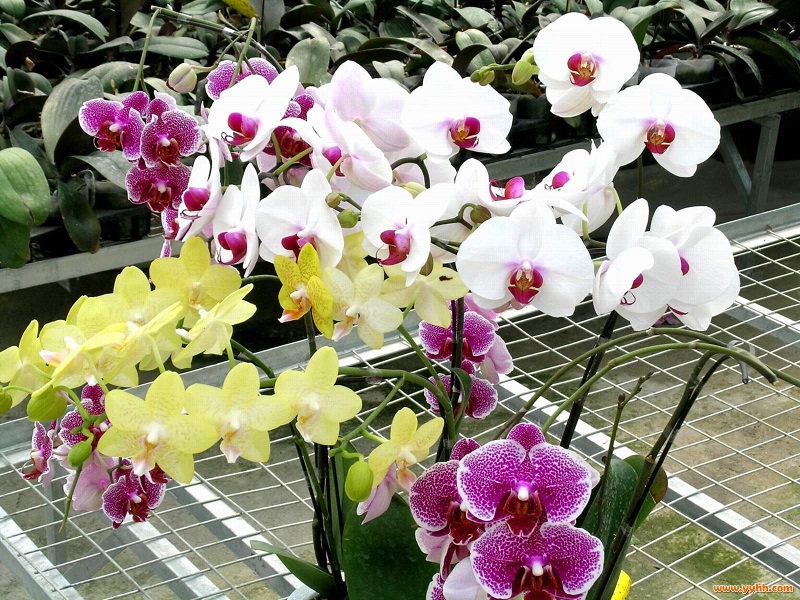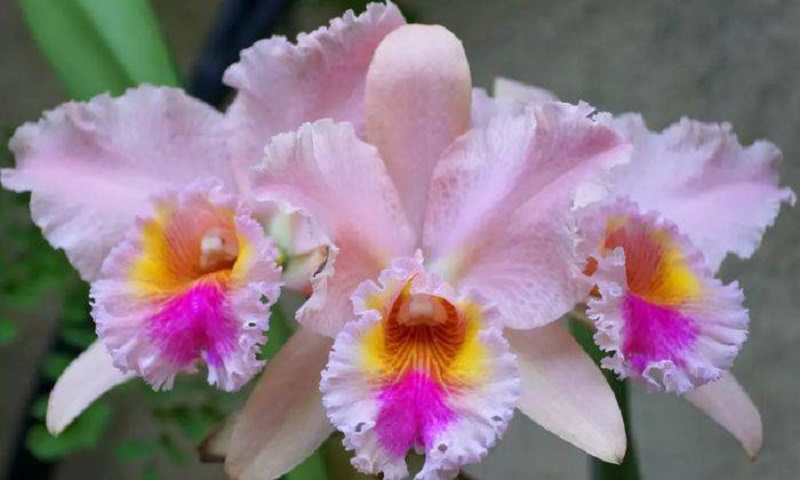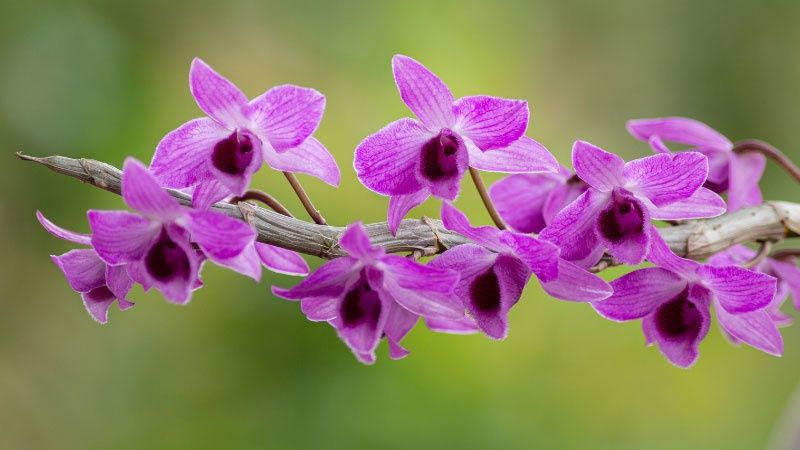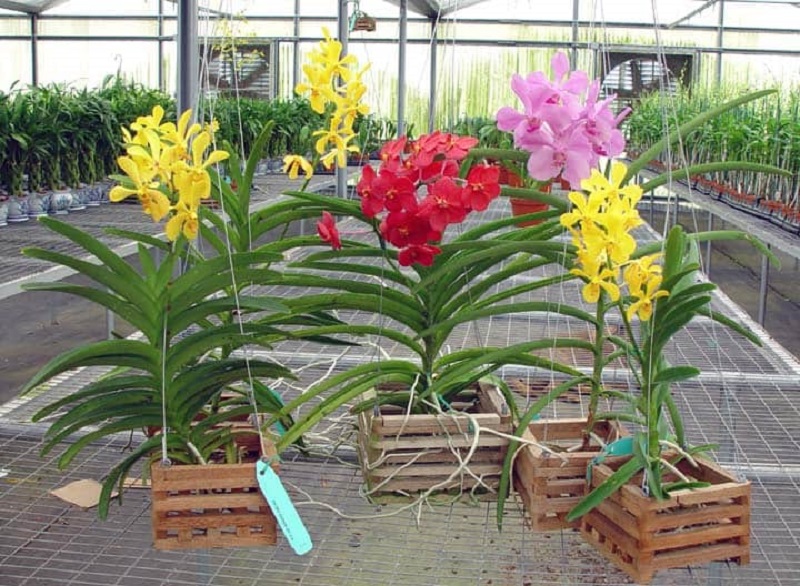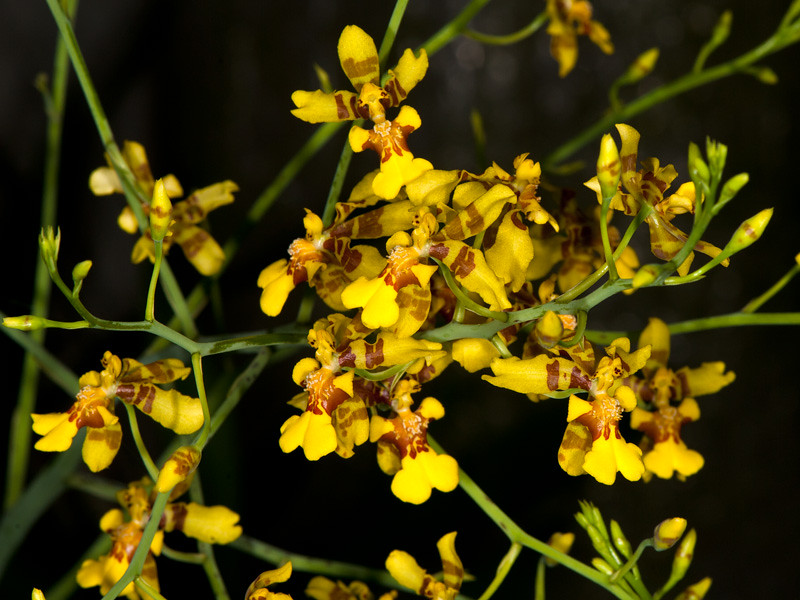Phalaenopsis orchids, also known as Moth Orchids, are one of the most popular and widely cultivated types of orchids. Known for their stunning, long-lasting flowers and adaptability to indoor environments, these orchids are a favorite among gardeners and plant enthusiasts. This guide provides a comprehensive overview of Phalaenopsis orchids, including their botanical characteristics, habitat, cultivation […]
Orchids
The Fascinating World of Orchids: An In-Depth Exploration
Orchids, with their stunning and diverse blooms, have captivated botanists and horticulturists for centuries. As one of the largest and most varied plant families, Orchidaceae boasts over 25,000 species and 100,000 hybrids, making it a subject of great interest and admiration. This article delves into the intricate details of orchids, exploring their unique characteristics, types, and care requirements, as well as their role in culture and conservation.
Anatomy and Morphology
Orchids are renowned for their distinct anatomical features. Their general structure includes roots, stems (often pseudobulbs), leaves, and flowers. Unlike many plants, orchids exhibit bilateral symmetry, which means their flowers are symmetrical along a central axis. A hallmark of orchids is their specialized pollination system involving pollinia—compact, waxy packets of pollen. The flower’s labellum, or lip, often has an elaborate shape and color that aids in attracting pollinators.
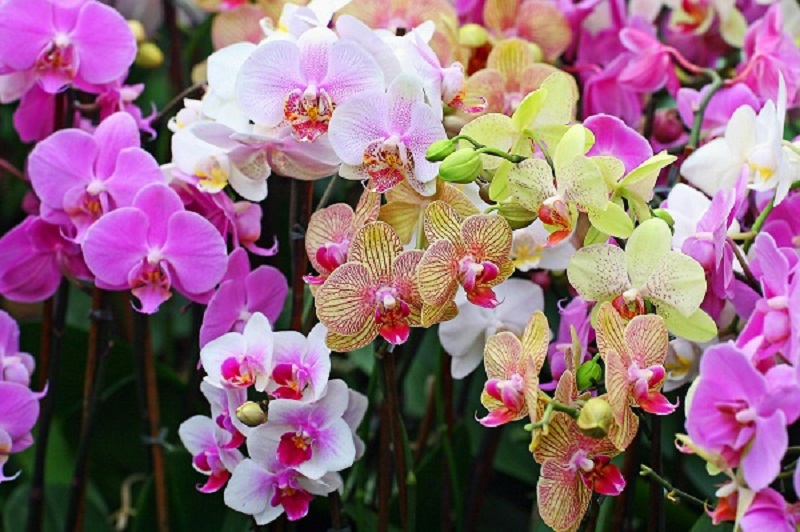
Types of Orchids
Orchids can be categorized into several types based on their growing habits:
- Epiphytic Orchids: These orchids grow on other plants but are not parasitic. They are commonly found in tropical rainforests and include species like Phalaenopsis and Dendrobium. They have aerial roots and are adapted to absorbing moisture from the air.
- Terrestrial Orchids: Growing in the soil, terrestrial orchids like Orchis and Cypripedium are typically found in temperate regions. They have a root system that anchors them in the ground and often require specific soil conditions.
- Lithophytic Orchids: These orchids grow on rocks, deriving nutrients from decaying organic matter. Examples include some species of Dendrobium. Their root systems are adapted to cling to rocky surfaces and absorb moisture from rain.
- Semi-Epiphytic Orchids: These orchids have characteristics of both epiphytic and terrestrial orchids. Cattleya is a well-known example, which can grow on tree trunks or in the soil.
Habitat and Distribution
Orchids are incredibly diverse in their natural habitats. They thrive in tropical rainforests, temperate woodlands, and even arid regions. Tropical orchids, such as those in the Amazon rainforest, benefit from high humidity and consistent temperatures, while temperate orchids adapt to seasonal changes. Orchids also have intricate relationships with their pollinators, including bees, butterflies, and even specific types of birds.
Reproduction and Growth
Orchids reproduce both sexually and asexually. Sexual reproduction involves complex flower structures that attract specific pollinators. The pollinia are transferred to other flowers, leading to seed development. Orchid seeds are minuscule and require specific conditions to germinate, often forming symbiotic relationships with fungi.
Asexual reproduction includes methods like clonal propagation through keikis (baby orchids) or division of the plant. Orchids exhibit two main growth patterns: monopodial, where the plant grows vertically from a single stem, and sympodial, where growth occurs horizontally from multiple stems.
Orchid Care
Caring for orchids involves understanding their specific needs:
- Light Requirements: Orchids require bright, indirect light. Direct sunlight can scorch their leaves, while too little light can inhibit blooming.
- Temperature and Humidity: Orchids generally prefer a warm, humid environment. Most tropical orchids thrive in temperatures between 65-75°F (18-24°C) and high humidity. Adjustments might be necessary depending on the species.
- Watering and Fertilizing: Orchids should be watered thoroughly but infrequently, allowing the potting medium to dry out between waterings. They benefit from regular feeding with balanced fertilizers during the growing season.
- Potting and Soil: Orchid potting mediums typically include a mix of bark, perlite, and sphagnum moss. Repotting is necessary every 1-2 years to refresh the medium and accommodate plant growth.
- Pests and Diseases: Common issues include aphids, scale insects, and fungal infections. Regular inspection and prompt treatment can manage these problems effectively.
Orchid Cultivation and Breeding
Orchid cultivation can be done in various settings, from home greenhouses to indoor environments. Advances in breeding techniques, including hybridization and genetic modification, have led to the creation of numerous new orchid varieties with unique colors and patterns.
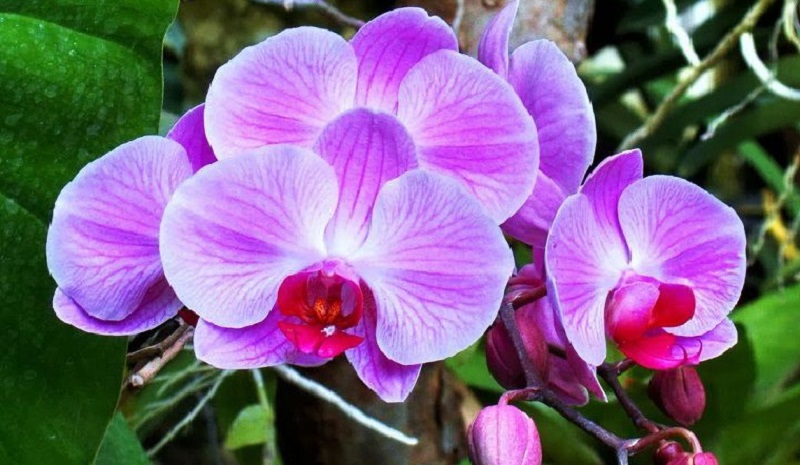
Orchids in Culture
Orchids hold a significant place in cultural history. They have been revered in ancient civilizations and continue to be celebrated in modern floral arrangements and perfumery. Major orchid shows and societies play a crucial role in promoting orchid conservation and education.
Conservation and Threats
Despite their beauty, many orchid species face threats from habitat loss, climate change, and illegal collection. Conservation efforts focus on protecting natural habitats and cultivating orchids in controlled environments to preserve endangered species.
Conclusion
Orchids are a testament to the incredible diversity and adaptability of the plant world. Their unique anatomy, varied types, and complex care requirements make them both fascinating and challenging to cultivate. By understanding their needs and contributing to conservation efforts, we can continue to enjoy and protect these extraordinary plants for future generations.
Orchids have long captivated enthusiasts with their diverse forms and exquisite beauty, but few can match the allure of the Cattleya genus. Known for its stunning, vibrant flowers and distinct characteristics, Cattleya has become a favorite among orchid lovers and collectors. This article delves into the intriguing world of Cattleya orchids, exploring their botanical features, […]
Orchids are renowned for their beauty and diversity, and among them, Dendrobium orchids stand out for their unique characteristics and wide variety. This article explores the intriguing world of Dendrobium, providing insights into their classification, care, and uses. Whether you’re an experienced grower or just beginning, this guide will enhance your understanding and appreciation of […]
Vanda orchids are renowned for their stunning beauty and vibrant colors, making them a favorite among orchid enthusiasts and horticulturists. These exotic flowers, native to Southeast Asia, are celebrated for their large, showy blooms and striking patterns. This comprehensive guide delves into the fascinating world of Vanda orchids, covering their taxonomy, key characteristics, natural habitat, […]
Oncidium orchids, often referred to as “dancing ladies” due to the unique shape of their flowers, are among the most vibrant and diverse members of the Orchidaceae family. With their dazzling array of colors and intricate patterns, these orchids are a favorite among horticulturists and plant enthusiasts alike. This guide delves into the fascinating world […]

